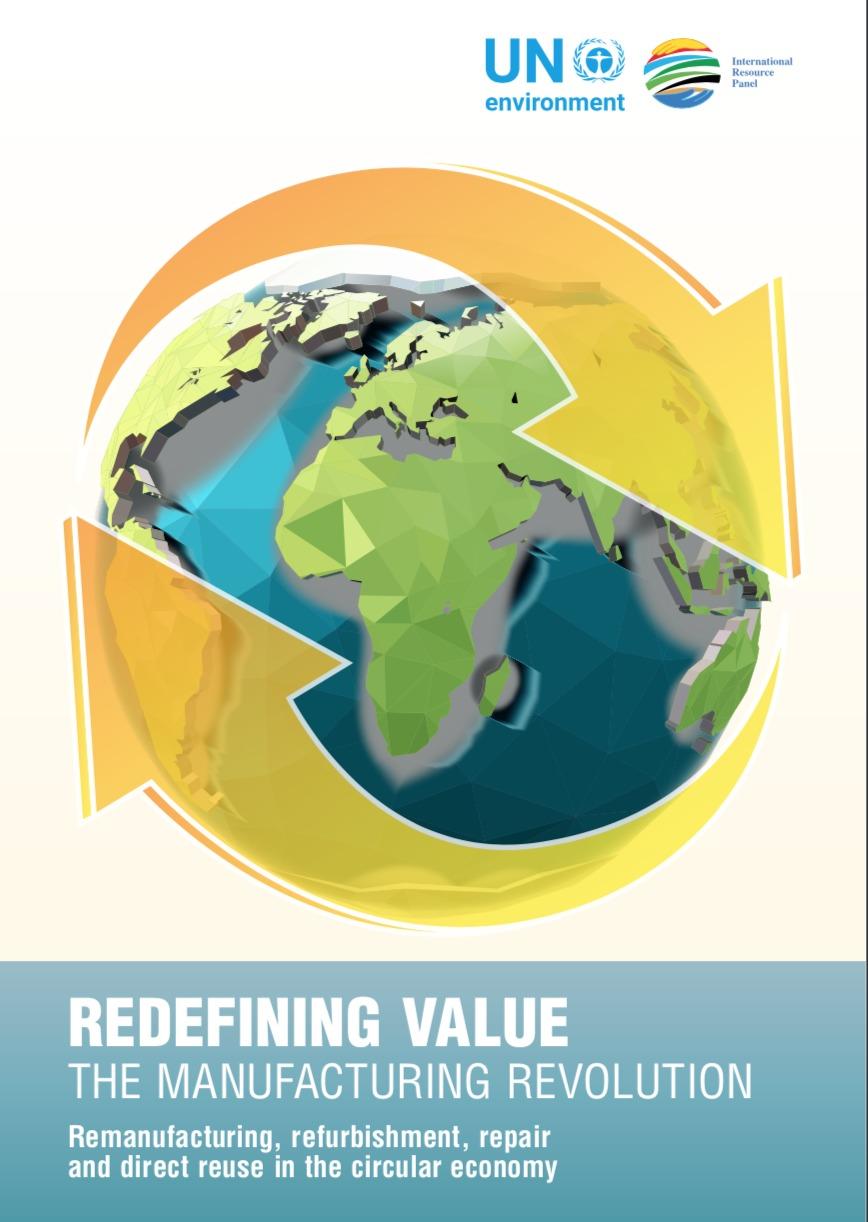REDEFINING VALUE - the manufacturing revolution

The circular economy proposes a framework in which outputs from every stage of the life cycle become inputs into another, offsetting the need for new materials and energy-intensive manufacturing activities, while also reducing waste. The circular economy has been positioned as an essential systemic perspective that can help to mitigate the loss of material, function, and embodied value created by traditional consumption (Ellen MacArthur Foundation 2013a). However, achieving these benefits requires engaging value-chain stakeholders in behavioral and social system transformation, and designing industrial economic and production systems to enable, accept, and support system circularity.
One of the objectives of a circular economy is the adoption of practices that seek to decouple the rate economic growth from the rate of growth of environmental impact. Many circular economy practices seek to retain value within the economic system (value-retention processes, or VRPs), and these processes include: arranging direct reuse, repair, refurbishment or comprehensive refurbishment, and remanufacturing. It is important to note that VRPs are not equal: the magnitude of impact avoided, economic opportunity created, and ultimately the value retained within the system, depends upon the specific VRP that is employed (refer to Figure A).
For many products and sectors, VRPs can offer benefits that include relative reduced environ- mental impact and reduced costs (vs. traditional new manufacturing). Despite these benefits, current adoption of VRPs remains low: Remanufacturing accounts for only ~2 per cent of US production, and only ~1.9 per cent of EU production (U.S. International Trade Commission 2012, European Remanufacturing Network 2015).
http://www.resourcepanel.org/reports/re-defining-value-manufacturing-revolution